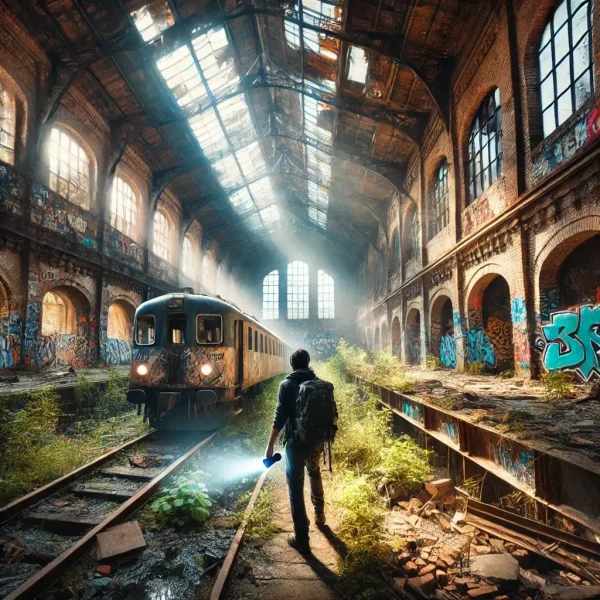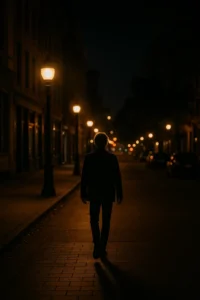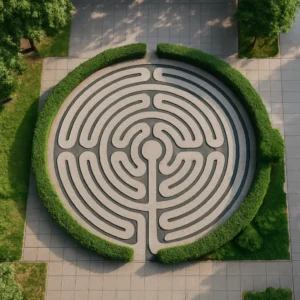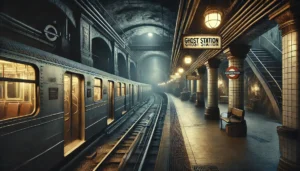Urban exploration, also known as “urbex,” is the practice of discovering and documenting man-made structures that are typically abandoned, hidden, or off-limits. These sites might include old hospitals, deserted factories, forgotten subway tunnels, and decaying mansions. While it might seem unusual to some, urban exploration has become a global fascination — blending history, adventure, photography, and storytelling into a single experience.
Urban explorers are not just thrill-seekers; they are historians, artists, and storytellers. Every peeling wall, rusted staircase, or broken window in an abandoned building holds stories that have been buried by time. These places offer a glimpse into the past, frozen in decay, yet full of life in their silence.
One of the main reasons people are drawn to urban exploration is the mystery. Walking through a place that hasn’t been touched for decades can feel like entering a forgotten world. The natural decay — from vines creeping through windows to nature reclaiming concrete — is both beautiful and haunting. This mix of dereliction and untouched history creates a unique atmosphere that’s difficult to find anywhere else.
Photography plays a major role in the urban exploration community. Explorers often document their journeys with stunning visuals of these decaying yet majestic places. The contrast of man-made architecture with nature’s invasion creates powerful imagery. These photographs are not just artistic — they preserve historical records of places that may soon vanish forever.
But urban exploration isn’t just about beauty. It also raises questions about urban development, preservation, and memory. Why are so many buildings left to rot? What stories do they carry? Should they be preserved or left to disappear? For many, exploring these places helps raise awareness about neglected parts of cities and the importance of urban history.
Ethics and safety are crucial in the urbex community. True urban explorers follow the “take nothing but pictures, leave nothing but footprints” rule. They do not damage property or remove items. Most avoid trespassing by only entering locations that are legally accessible or abandoned beyond enforcement. Safety is also a major concern — many of these locations are structurally unsound, with hazards like broken floors, mold, or exposed wires.
The appeal of urban exploration lies in the adventure and the stories waiting to be discovered. Unlike traditional tourism, urbex offers a raw, unfiltered view of human history and architecture. There are no signs, no guides — only silence, decay, and your imagination.
What makes it even more fascinating is that no two explorations are ever the same. A building that seems empty may reveal surprising objects, journals, or graffiti that tell powerful stories. Urban explorers often share their discoveries online, creating a digital community that spans the globe and continues to inspire new explorers every day.
In many ways, urban exploration connects us with forgotten histories. It gives voice to structures that once bustled with life and now sit in quiet ruin. For those who take part in it, urbex is more than a hobby — it’s a form of discovery, reflection, and sometimes even preservation.
Why People Keep Coming Back
Urban exploration is addictive in the best way. The thrill of stepping into the unknown, of uncovering a piece of forgotten history, keeps people returning to the shadows of cities. It’s a world where the past isn’t behind glass — it’s all around you, waiting to be rediscovered.







